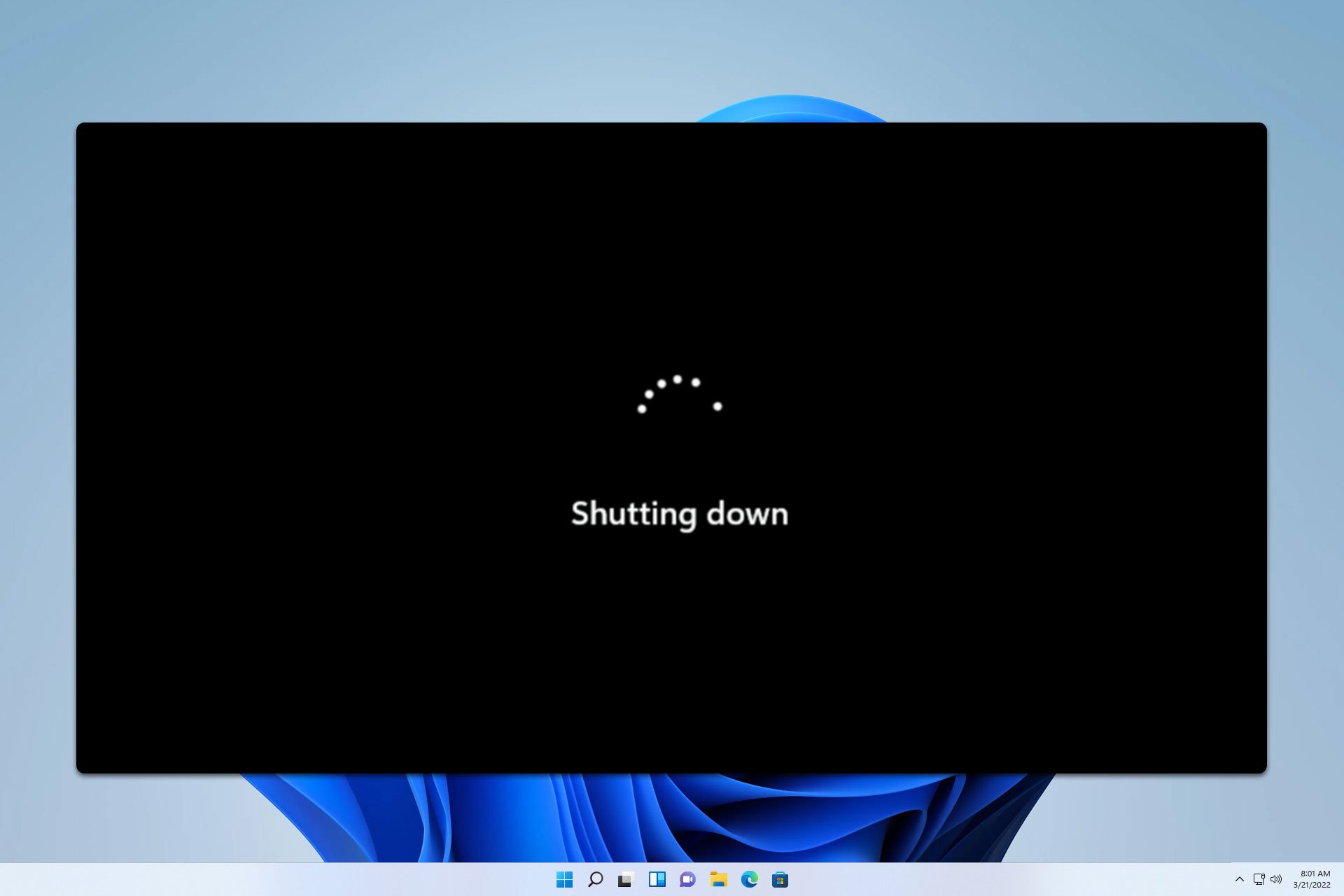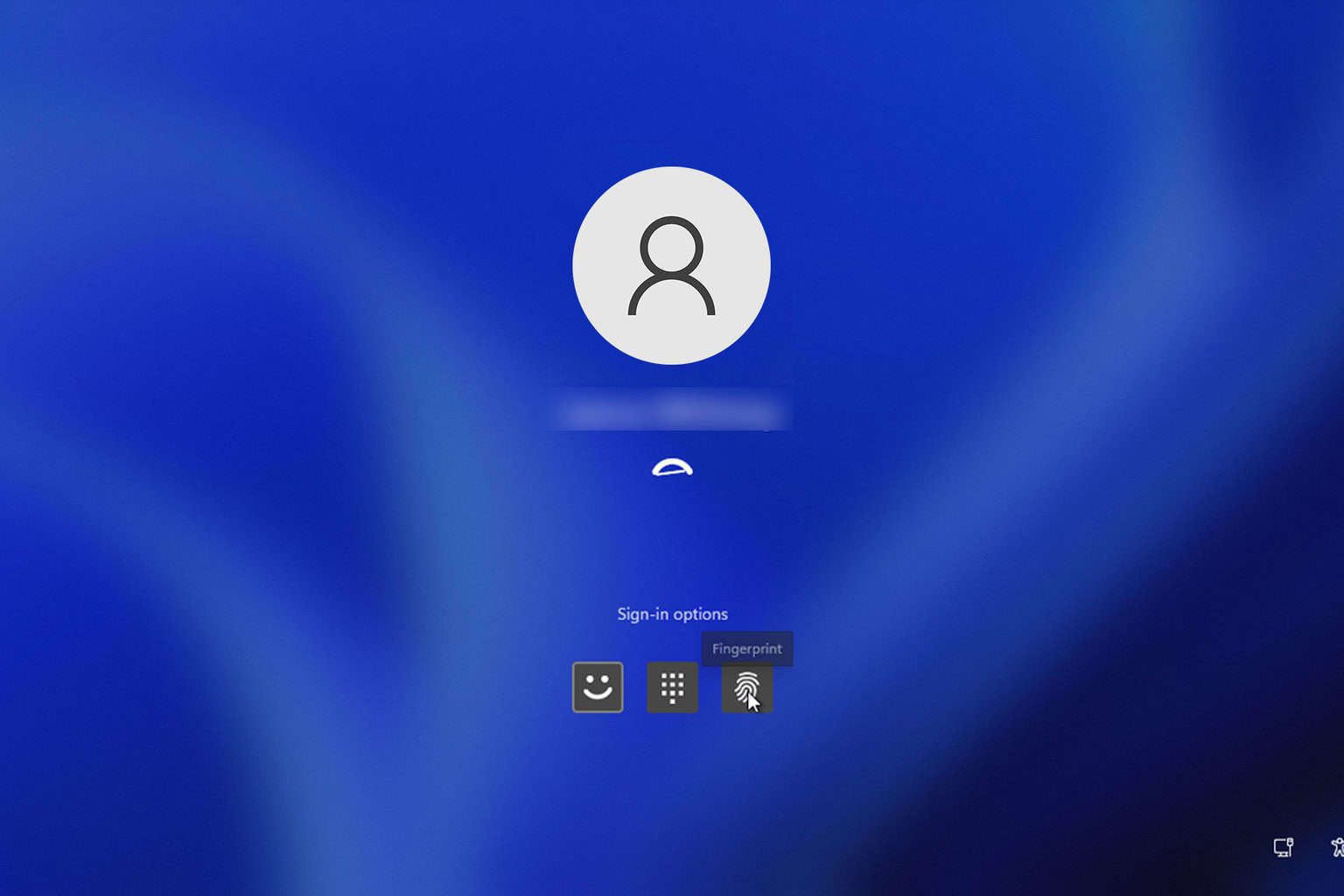How to Fix the ERROR_FAIL_RESTART BSoD
Start by removing any software you installed lately
3 min. read
Updated on
Read our disclosure page to find out how can you help Windows Report sustain the editorial team. Read more

The ERROR_FAIL_RESTART error typically occurs when a system or application fails to restart properly. It comes with the 352 (0x160) code and The restart operation failed message. This error can be caused by corrupted system files, driver issues, software conflicts and failing hardware components.
How do I fix ERROR_FAIL_RESTART?
1. Run System File Checker (SFC)
- Click the Search button, type cmd and select Run as administrator.
- Type sfc /scannow and press Enter.
- Wait for the scan to complete and follow any on-screen instructions to repair corrupted files.
Running the System File Checker scan is the first thing to do when you’re dealing with system file corruption. The tool is the go to method to fix them, but the scan will take a bit of time.
2. Update the drivers
- Press Win + X and select Device Manager.
- Expand the categories and locate the device you want to update.
- Right-click on the device and select Update driver.
- Choose Search automatically for updated driver software.
- Follow the on-screen instructions to complete the update.
First, look for any drivers that show a yellow exclamation mark next to them, indicating a problem with it. Also, if you installed new hardware on your PC, you might as well visit the manufacturer’s website and download the correct driver for your system.
This might be a time consuming procedure so we recommend using a driver updater tool that will bring this action from tens of minutes to just seconds.
3. Perform a Clean Boot
- Press Win + R, type msconfig, and press Enter.
- Go to the Services tab and check Hide all Microsoft services.
- Click Disable all.
- Go to the Startup tab and click Open Task Manager.
- Disable all startup items.
- Close Task Manager and click OK in the System Configuration window.
- Restart your computer.
Although clean booting the system won’t fix the problem directly, it will help you detect any software-related issues or potential app conflicts. Of course, if you installed any new apps prior to ERROR_FAIL_RESTART showing up, start by uninstalling that one and see if the problem is fixed.
4. Check for hardware Issues
- Turn off your computer and unplug it.
- Inspect the hardware components for any signs of damage or loose connections.
- Ensure all components are properly seated and connected.
- Close the case and plug your computer back in.
If the software solutions above didn’t fix the problem, you may also investigate for any malfunctioning hardware component. Check components connections, fans and any other signs of malfunction.
By following these steps, you should be able to resolve the ERROR_FAIL_RESTART error and ensure your system restarts properly. For more information, you can also check our guide on how to fix a PC that refuses to restart.
If you need more detailed guidance on any of these steps, feel free to ask in the comments below.








User forum
0 messages